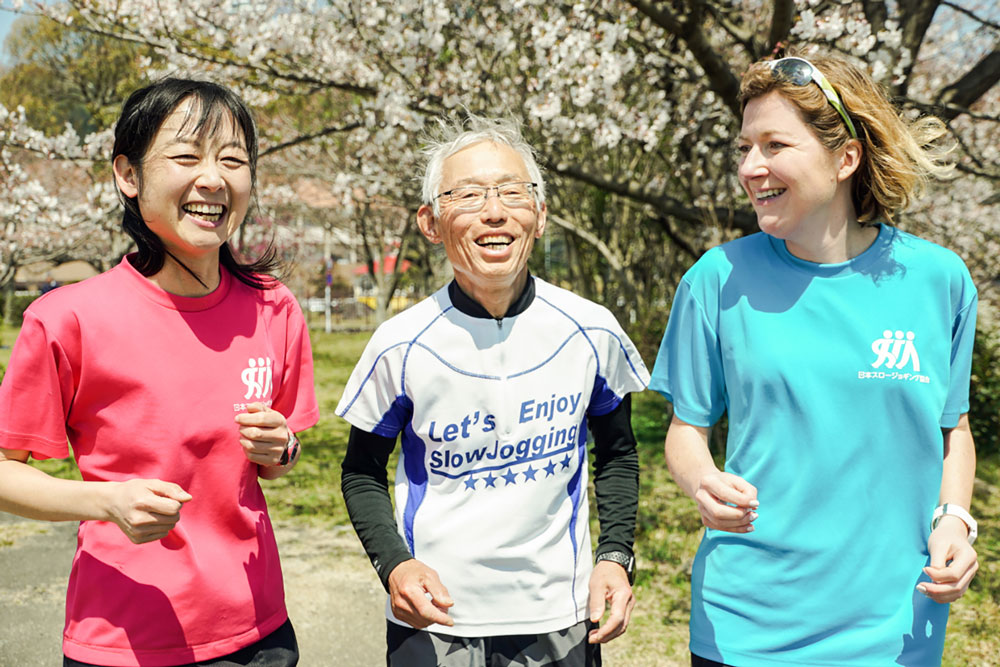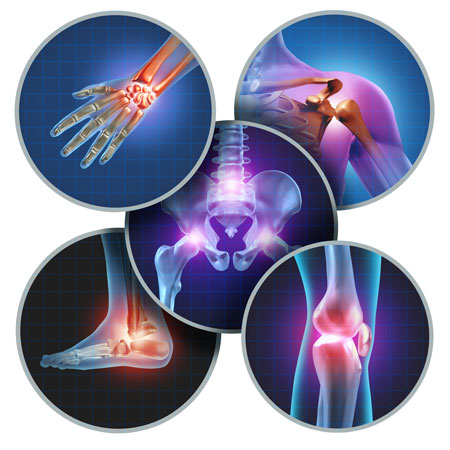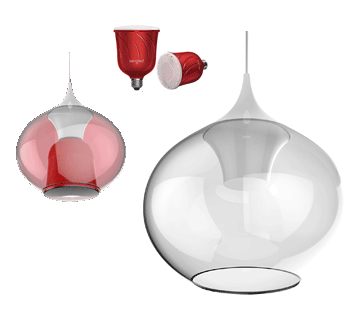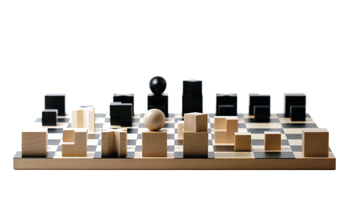Big strides? Forget it! Only small steps are allowed, but you have to take lots of them...
Just don’t go too fast! This is not about speed, on the contrary: the slower, the better! This feel-good cross between walking and running was developed in Japan by exercise physiologist Prof. Dr. Hiroaki Tanaka. Celebrated in Japan as a running guru, he once trained Japan’s emperor and empress, and sparked a slow-jogging boom in his country! A trend that is increasingly popular here as well!
What’s so special about slow jogging?
Basically, it comes down to three key areas: speed, technique, and feeling comfortable. On the right individual speed, the expert Tanaka said, “Never lose your breath. If you can’t converse easily then you’re going too fast.” The method used in this kind of jogging is far gentler on the joints than traditional jogging.
 Slow jogging founder Hiroaki Tanaka
Slow jogging founder Hiroaki TanakaWhat is the jogging technique, exactly?
The most obvious difference to standard jogging lies, of course, in the pace. But the different running technique is even more important. With slow jogging, the foot doesn’t strike the ground heels first; slow joggers land on the midfoot and take quick, short steps – 180 per minute are ideal! A jogging app, fitness tracker or a pedometer is helpful for counting the steps. Sports medicine specialists believe that landing on the midfoot means far less strain on the knee joints, hips and spine. And how should the posture be while jogging? Professor Tanaka said, “Keep the back straight, the shoulders relaxed; let the arms swing naturally. Best is to enjoy the jog with a smile.”
Which muscles are toned?
Slow jogging especially tones the buttocks and thigh muscles. It promotes endurance and weight loss. According to Tanaka’s studies, it burns twice as many calories as walking and roughly as many calories as faster jogging. Though it may appear to be relaxed and easy – beginners should take their time when starting slow jogging because the unaccustomed jogging style can put stress on the Achilles tendons and calves. Sports medicine experts recommend alternating jogging for one minute and walking for 30 seconds in the first week. The goal after this stage: jogging with the new technique for at least 30 minutes, two or three times a week.
Does slow jogging make us happy?
For the growing number of fans, the answer to this is a clear “Yes!” Why? Because the relaxed jogging style lets you enjoy nature more, because it can make you fit without overstraining your body, because you can jog in a group without stress and carry on a conversation. And because there is the magical 30th minute. Those who keep going for half an hour are richly rewarded. Then the body releases anandamide, which promotes a good mood, feelings of happiness and mental serenity. A sensation of heavenly harmony that can motivate you to run a few minutes more, smiling serenely at panting joggers hurrying past.
 Sports physician: Ideal for beginners
Sports physician: Ideal for beginners
Slow jogging is good for anyone who wants exercise that is gentle on the joints. The Berlin sports physician Dr. Thorsten Dolla says, “It’s especially good for people who haven’t exercised much in the past or who have taken a break from running.” What’s great about slow jogging: You don’t need any special gear. However, to land properly on the midfoot, it’s best to wear flat running shoes, not ones with a thickly cushioned heel.




